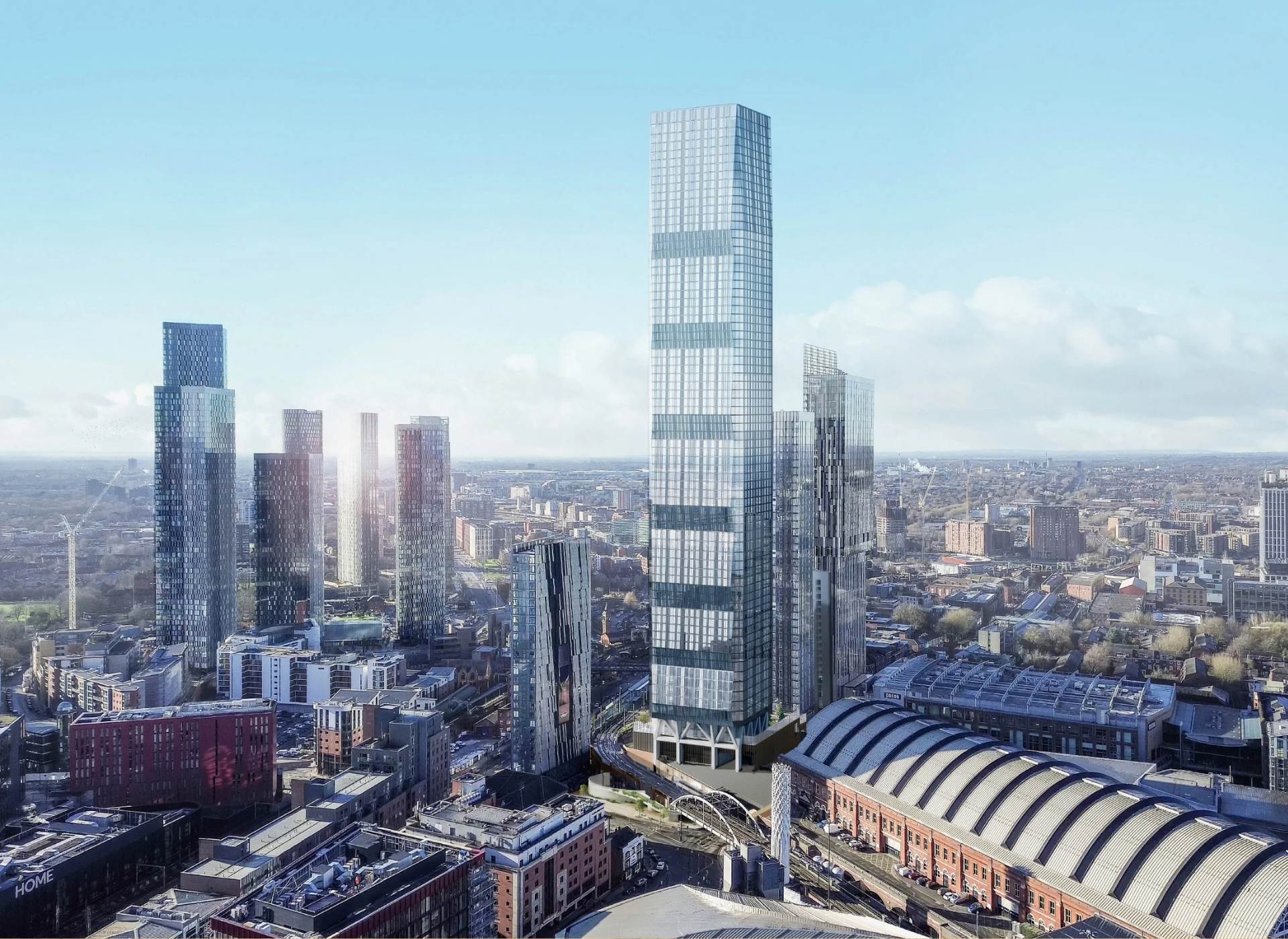The allure of property investment near football stadiums has grown significantly as regeneration projects, fan-driven demand and community spending combine to boost both rental yields and capital appreciation. In 2025, understanding the distinct advantages of locations adjacent to major football grounds can help investors unlock exceptional value and long-term growth.
Table of Contents
Why Choose Property Investment Near Football Stadiums?
Investors seeking robust returns are increasingly drawn to property investment near football stadiums for several reasons:
- Consistent Rental Demand
Matchdays generate thousands of visitors—many of whom require short-term lets, student accommodation or corporate stays—ensuring high occupancy levels throughout the season. - Regeneration and Infrastructure
Stadium redevelopments are often catalysts for transport upgrades, retail schemes and leisure facilities. These spill-over benefits drive wider community investment and support long-term capital growth. - Premium Rental Yields
According to JLL, areas surrounding stadium zones can deliver yields up to 1% above the city average (JLL Rental Yield Report, 2025). By focusing on these pockets, investors engaging in property investment near football stadiums can secure returns of 5–7%. - Diverse Tenant Profiles
From travelling fans and corporate guests to students and local professionals, the tenant mix in stadium locations remains strong year-round, reducing void periods. - Emotional and Brand Appeal
Properties within walking distance of iconic grounds carry a unique appeal for buyers and tenants, allowing investors to command a premium on both rent and resale.
Case Study: Regeneration Around Major Grounds
London Stadium (Stratford)
The redevelopment of the former Olympic Stadium into West Ham United’s home ground prompted a £9 billion investment in East London’s transport links and retail sectors. Zones within a 1-mile radius have seen average house-price growth of 18% over five years (Rightmove, 2025). Investors focusing on property investment near football stadiums here have benefitted from both capital uplift and high short-let yields.
Anfield (Liverpool)
Liverpool Waters, managed by The Peel Group, sits adjacent to Anfield and has transformed dockland into mixed-use neighbourhoods. Savills reports average rental yields of 6% in the nearby Baltic Triangle, illustrating how property investment near football stadiums can tap into wider urban renewal (Savills Research, 2025).
Practical Steps to Secure the Best Stadium-Adjacent Assets
- Research Upcoming Stadium Projects
Use government planning portals (e.g. Planning Explorer on gov.uk) to identify new stadium expansions or transport schemes. Early entry on sites earmarked for redevelopment can deliver outsized returns. - Analyse Transport Connectivity
Proximity to rail, tube or tram links amplifies long-term demand. Cross-reference ONS commute data with stadium locations to find optimal sites for property investment near football stadiums (ONS Commuting Patterns, 2025). - Assess Local Planning Policies
Council housing strategies often prioritise development around major venues. Reviewing local authority plans can reveal opportunities for new build or conversion projects. - Engage Specialist Letting Agents
Agents with experience in matchday-let management can help price short-term lets competitively, maximising income on high-demand days. - Factor in Seasonality
Account for non-match periods by diversifying tenant mix—mix long-term tenancies with serviced-apartment offerings to smooth income fluctuations.
Risks and Mitigations
- Event Cancellations: Ensure diversification by securing longer-term tenancies alongside matchday lets.
- Infrastructure Delays: Monitor project timelines on council websites to adjust acquisition strategies.
- Price Premiums: Use yield modelling to verify that premiums paid for proximity still deliver the target 5–7% returns.
By understanding and managing these risks, property investment near football stadiums can remain a low-volatility, high-reward asset class.
Future Outlook: 2025 and Beyond
The pipeline of stadium-led regeneration is strong, with projects such as Tottenham Hotspur’s new zone and Manchester City’s Etihad upgrade creating fresh investment opportunities. As these schemes progress through planning and construction, early-stage investors in property investment near football stadiums stand to gain from capital appreciation ahead of broader market movements.
Contact TK Property Group
Ready to explore property investment near football stadiums? Our team at TK Property Group specialises in identifying prime assets in regeneration hotspots. Contact us today to discuss tailored investment strategies.






